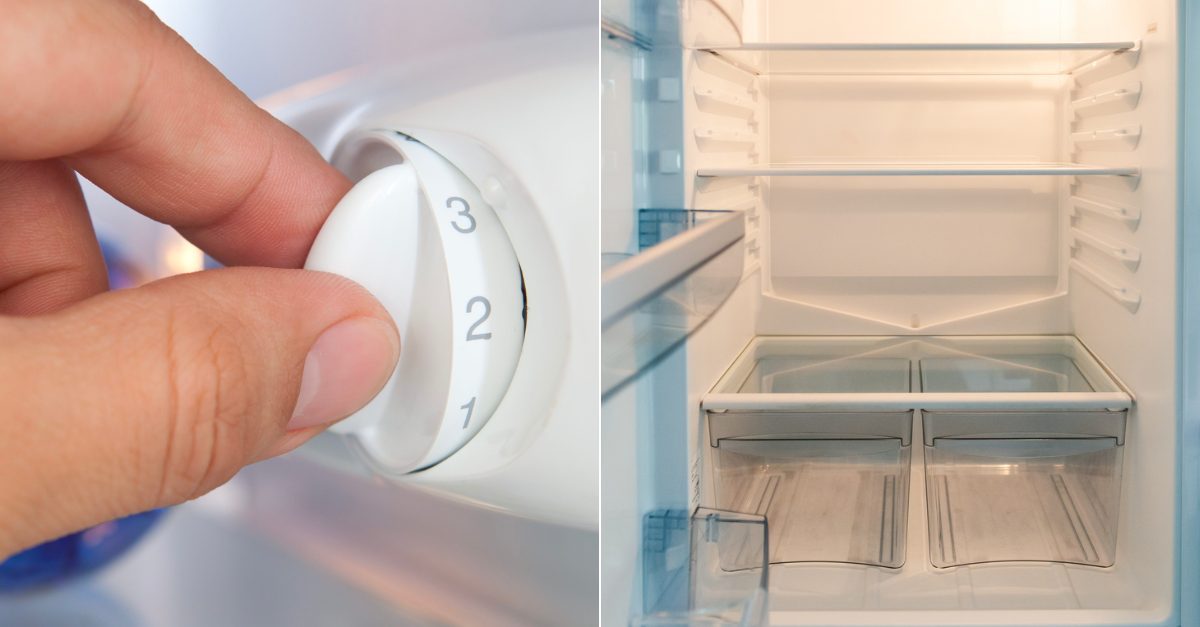Here’s Everything You Should Know To Set Your Refrigerator’s Temperature Correctly
Your refrigerator is your easiest bet at keeping your food fresh and easily accessible when you need them (no need for long hours of freezing!) But do you know the correct temperatures to ensure food safety? This article answers all your questions on the proper temperatures for your refrigerator.
;)
A good knowledge about the correct temperature is key to optimizing the function of your refrigerator. At the right temperature, your foods are chilled properly, staving off the growth of harmful microbes and keeping them fresher for longer.
WHAT IS THE IDEAL TEMPERATURE FOR YOUR FRIDGE?

According to the U.S. Food and Drug Administration (FDA), the recommended refrigerator temperature is below 40°F while the ideal freezer temp is below 0°F.
That's because at about 40°F and above, bacteria replicate quickly even if they are present on refrigerated foods. In other words, your refrigerator must always be below 40°F if you're any to keep them fresh and to prevent food poisoning.
However, health experts advise that the ideal refrigerator temperature is actually lower: between 35° and 38°F (or 1.7 to 3.3°C). This temperature range is as close as you can get to freezing without being so cold your food will freeze. It's also as close as the refrigerator temperature should get to the danger zone (about 40°F).

Temperatures above the 35° to 38°F zone may be too high, causing rapid spoilage and food poisoning by bacteria like Salmonella and E. coli.
TIP: To measure your refrigerator temperature, buy a standalone appliance thermometer. Place the thermometer in your fridge and leave it for 20 minutes. Then check the reading. Doing this eliminates any uncertainties regarding your refrigerator temperature.
Tips To Prevent Your Fridge From Getting Warm
Here are a few measures you can out in place to keep the temperature of your fridge above 40F like it should be:
- Let food cool before transferring it to your refrigerator.
- Ensure that the door seals on your fridge are intact and functioning to keep it tightly closed.
- Avoid opening the door so much to conserve the cool air in the fridge.
- Keep the fridge full; it'll help it stay cooler for longer. However, ensure that there is enough room for good airflow.
Goodluck!
;Resize,width=767;)
;Resize,width=712;)
;Resize,width=712;)

